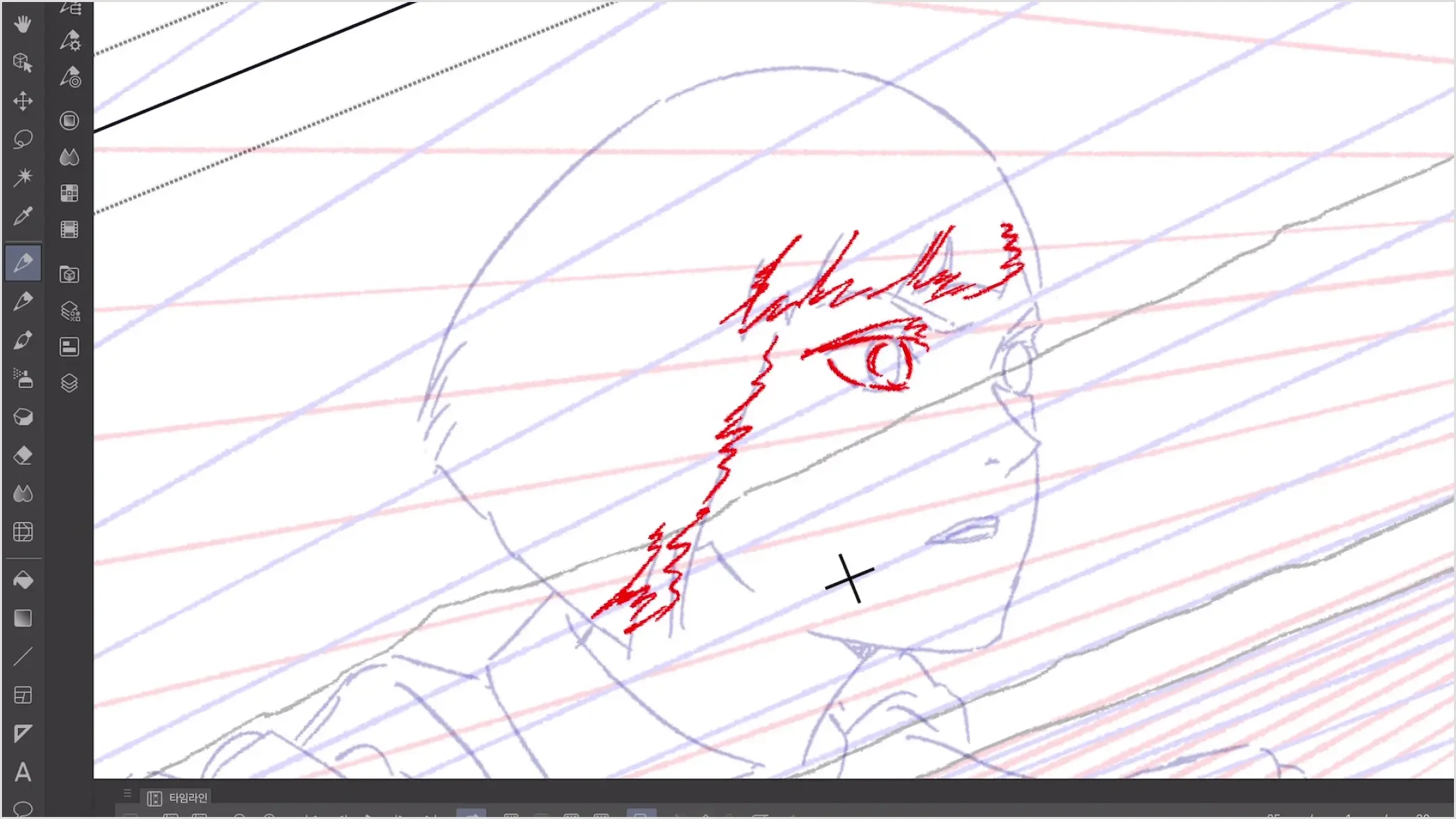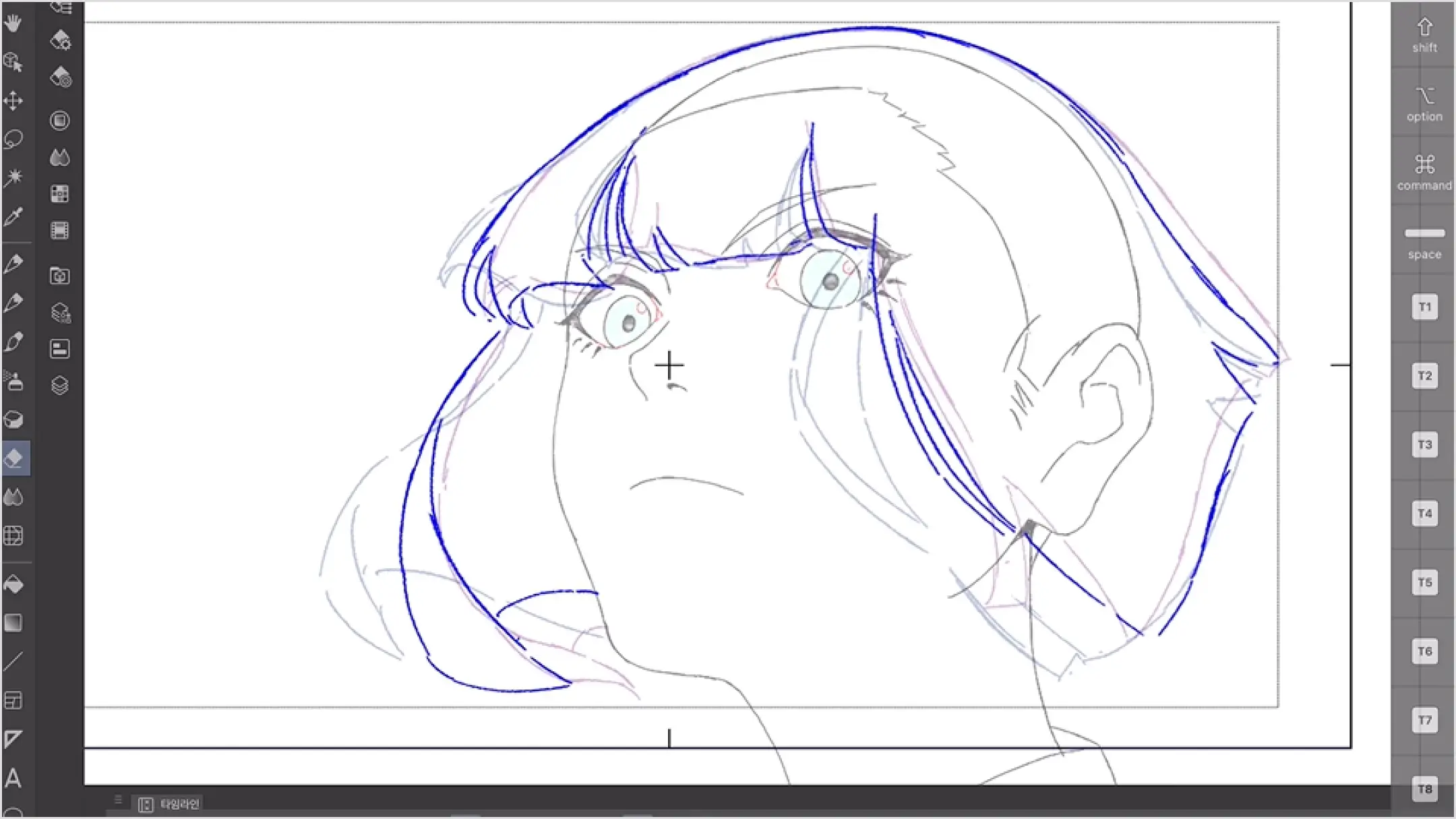2DAnimator,proro Details
In-Depth Look
- SECTION 01
Orientation
1. Instructor Introduction- Making your way into Japan’s anime industry - A brief overview of the anime production process in Japan - The job of the animation team in the process
2. The Role of a Key Animator- Differences between keyframes and in-betweens - Storyboarding and understanding the director’s intention - Drawing a rough background (layout) - Rough keyframe (first keyframe) + clean-up
- SECTION 02
Action Basics: Creating Detailed Movements
3. A Guide to Clip Studio Paint- About Clip Studio Paint - Setting up the program for animation and brushes we’ll use - How to use a lightbox - How to use perspective rulers
4. Drawing a Base Character for an Action- What is a base? - Geometrizing the human body - Creating your own base
5. Arcs and Timing- What is an arc in animation? - What is timing in animation? - Drawing characters performing actions using arcs and timing
6. Smears- What is a smear? - Why action scenes require smears - Various forms of smears - Adding smears
7. Flapping- How flapping works: Follow-through - Why you need flapping - Creating more realistic scenes with flapping
8. Background Animation- What is background animation? - Setting up basic perspective using perspective rulers - Designing an animated background - Drawing a running character on an animated background
- SECTION 03
Advanced Actions: Strong Impact and Speed
9. Exaggerated Movements- Exaggerating a character’s pose - Unrealistic camera angles - Punch actions made using arcs and timing - The effect of force - Motion lines
10. Slow Motion- Enhancing hit satisfaction with slow motion - Effects that show force - Dramatic effects using cameras
11. One-on-One Fights- Finding inspiration from action films - Finding anime-style key poses in live-action videos - Combining two characters’ actions - Adding smears and sweat for more dramatic impact
- SECTION 04
Enhancing an Action’s Impact with FX
12. Smoke- How smoke effects work - Various forms of smoke - Enhancing a scene’s impact with smoke effects
13. Fragments- How fragments work - Various forms of fragments - Fragments formed by the character’s force
14. Impact Frames- What is an impact frame? - Various examples of impact frames - The risk of impact frames
- SECTION 05
Creating Long-Take Action Scenes Yourself
15. Stage 1: Storyboarding for Action Scenes- Finding references for your scene - Planning the scene - Large movements essential for action - Drawing a background on a perspective storyboard - Designing a scene considering the audience’s eye flow
16. Stage 2: Layout for Action Scenes- What is a layout? - Understanding a storyboard and finding live-action references - Creating an anime-style, unrealistic screen (wide-angle backgrounds) - About wide-angle and telephoto lenses - Drawing a character based on the background’s perspective
17. Stage 3: Main Roughs- Finding live-action references for creating movements - Drawing rough key poses for the required martial arts move - Looking at the overall flow
18. Stage 4: Rough Keyframes 1- Roughly drawing a character over the base - Adjusting the background and perspective correctly - Refining movements
19. Stage 5: Rough Keyframes 2- Adding smears - Adding necessary FX animations - Creating excitement with flipbook animation
- SECTION 06
Filming and Timesheets
20. Filming- Camera directions frequently used for action scenes - Adding camera effects to scenes from earlier chapters - Extracting a video from the finished scene
21 Timesheets- The importance of timesheets - How to create a timesheet - How to write camera directions on a timesheet - Instructions to improve a scene’s quality
22. Finishing up- The mindset of an animator - Things to know if you want to improve your work - Becoming an animator in Japan


















